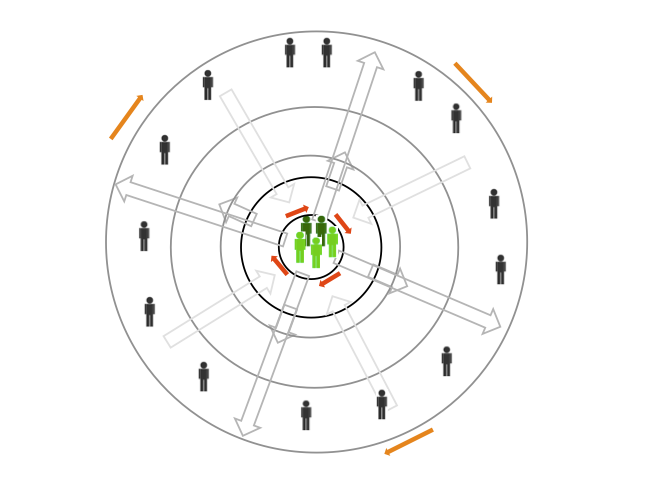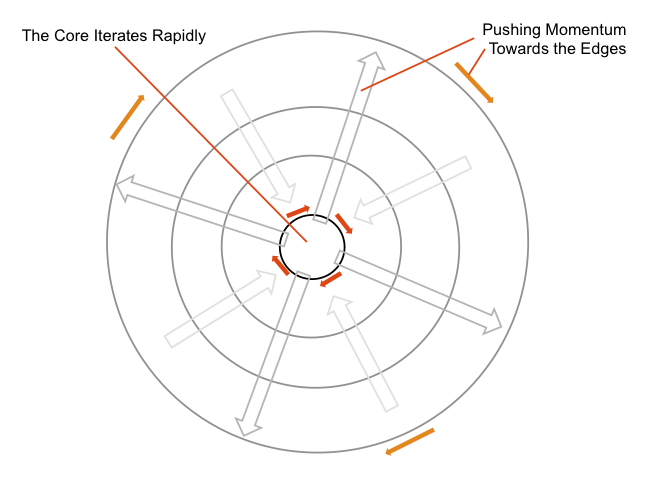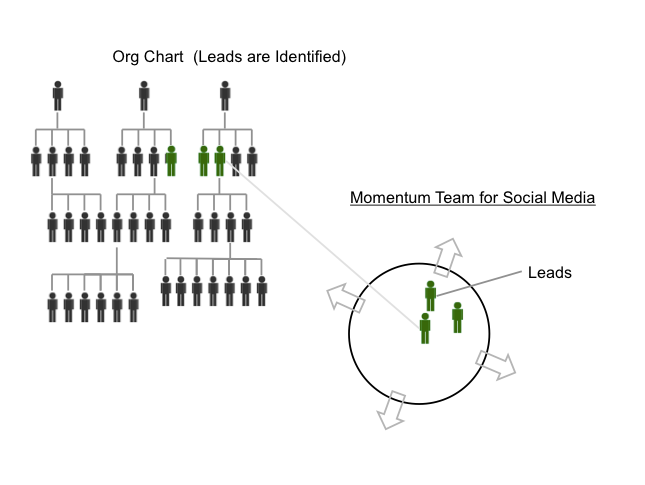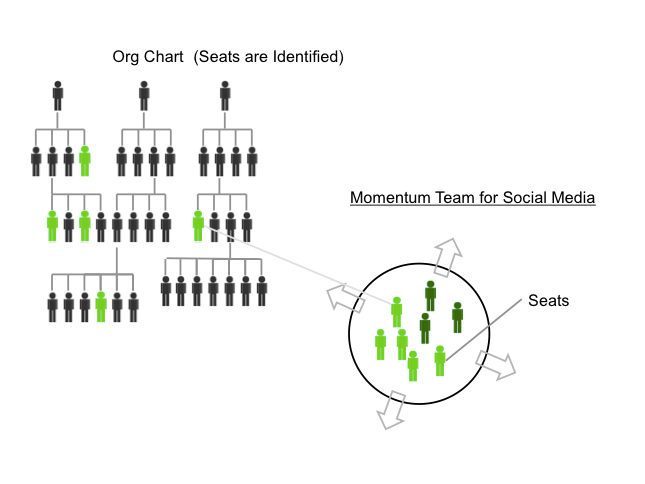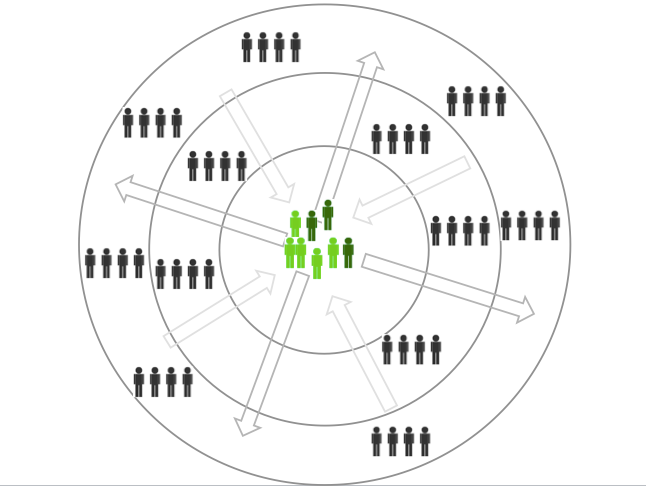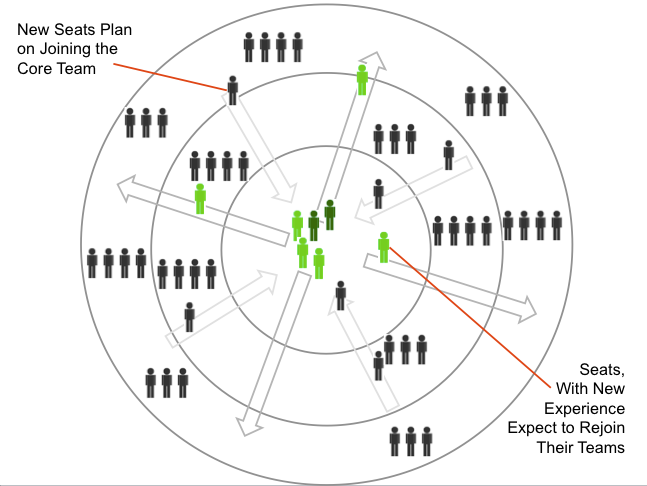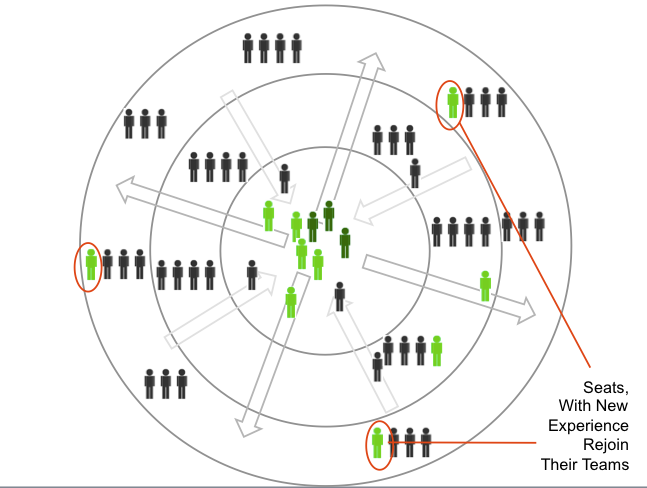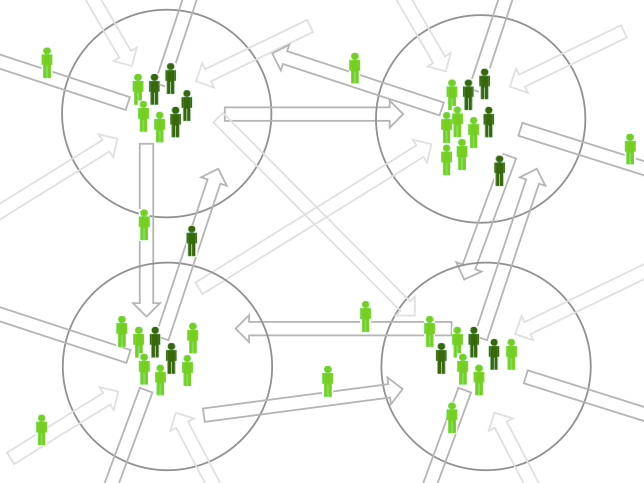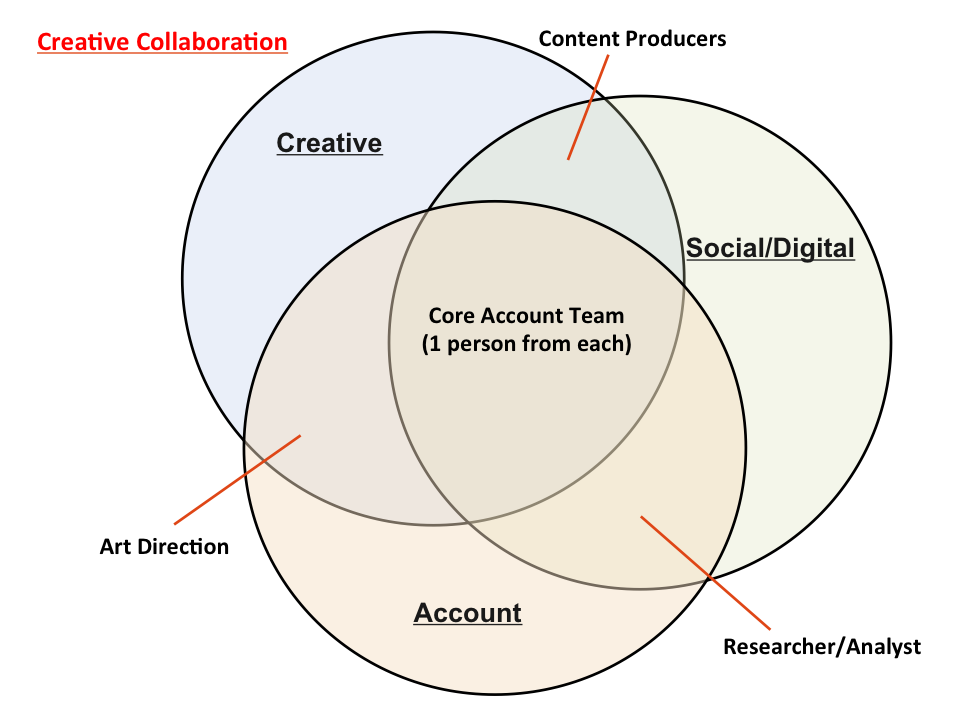We Are Now Post-Disruption. We Are Now Creative Innovation.
Similar to telescopes snapping pictures of supernovas that took place eons ago, media outlets such as Fast Company are spectacularly identifying “disruptions” as if they are in the immediate present. From my perspective, where I assist companies seeking to shift their communications functions, many of these disruptions are now in the past. We’ve moved past the peak of our disruptive era. We are now in a “pause” in time where we can see an the effects of disruption clearly and ruminate on their cause and effects. (For more about identifying “pauses” please check this earlier post on the Trend Pendulum). At the same time, we are now entering a new era.
Many companies will still be disrupted. Staid businesses, such as food giant ConAgra and publishing giant BMG, have not yet made shifts to protect their firms from the eventual disruption of creative destruction (look at what happened to Hostess). Both of these giants have found temporary solace through consolidation. Other giants of industry, such as GE and IBM have found a positive way forward, moving past staidness and into agility. In tandem there is a wave of both new businesses and innovative-minded businesses that are either being built or rebuilt to thrive within our new business era.
Our new era is anchored to the business realization that change occurs more frequently than ever before. The successful path in the new era is to elevate the role of agility as a foundational part of a business model. This is not theory, this is happening now, live.
Still, there are plenty of staid businesses that are holding firm, seeking forward paths through more of the “same old, same old.” Therefore, there is plenty of work to be had for change agents to assist these businesses either when they have come to the necessary fork in the road, or when they are under unfortunate distress.
At the same time, there is a new area of work to be found and a new importance for the position of innovation and creative professionals. At the highest level, there is now a need for a Chief Innovation Officer and a Chief Creative Officer. Companies should at least be hiring for executive level Innovation and Creative professionals (or engaging with agencies who can provide these services) to audit, assess, build and re-build the incremental plans to ensure companies are compliant and thriving within our new post-disruption era. Instead of a focus and fearful stalling on Creative Destruction, it’s time to shift our focus and energies to Creative Reconstruction!
Disruption will still occur, and will do so for the next decade or so, but now there is a clear way forward for companies who want success for the next 100 years. We’ve exited the Disruption era. We’re now entering a new renaissance, a new era of productivity. We’re in an era of creative innovation.
